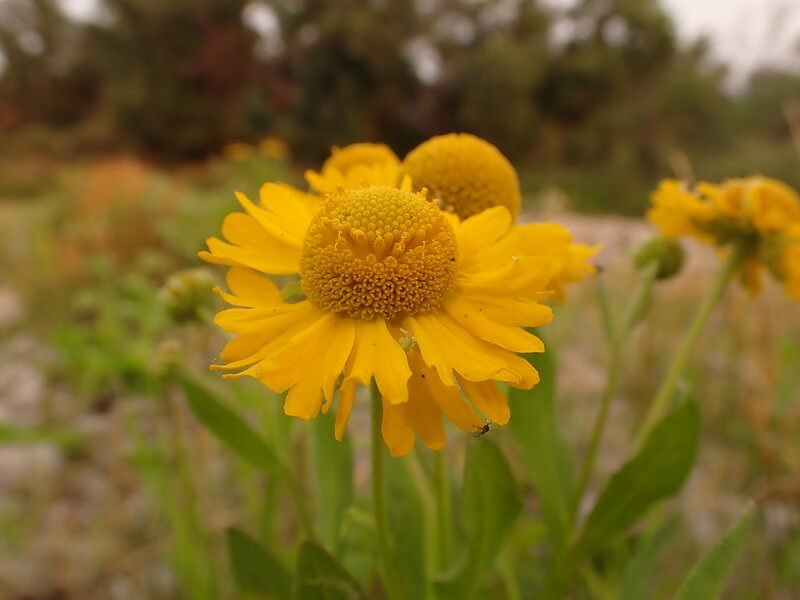Life Cycle: Perennial
Sun Exposure: Full, Partial sun
Soil Moisture: Medium-Wet, Medium, Medium-Dry
Height: 4-6 feet
Plant Spacing: 1.5-2 feet
Bloom Time: July-October
Bloom Color: Purple
Advantages: Pollinator Favorite, Bird Favorite, Deer Resistant
Host Plant: 2 butterflies and moths in our area (nwf.org)
Species of Concern: State Status: Special Concern; rare or uncertain; not legally protected (mnfi.anr.msu.edu/).






